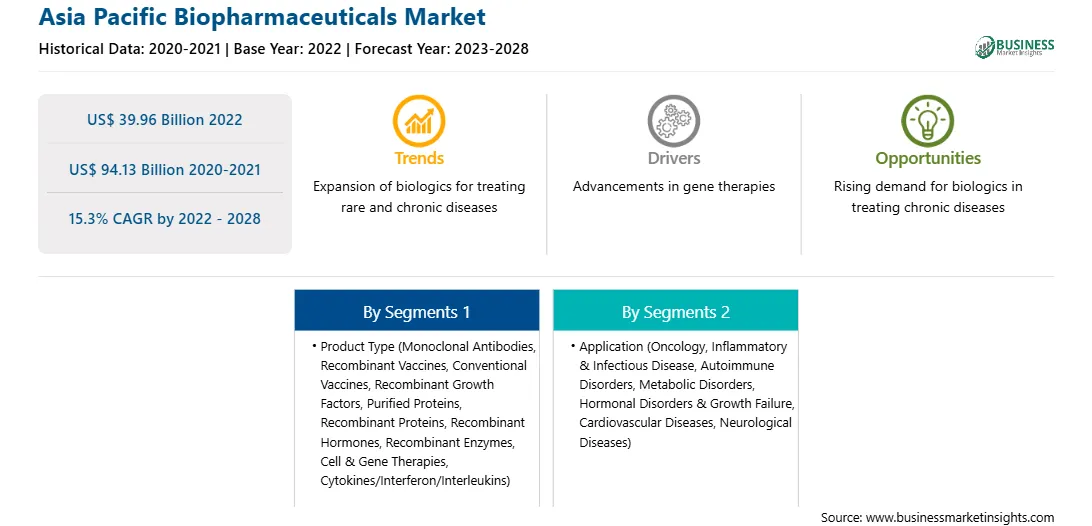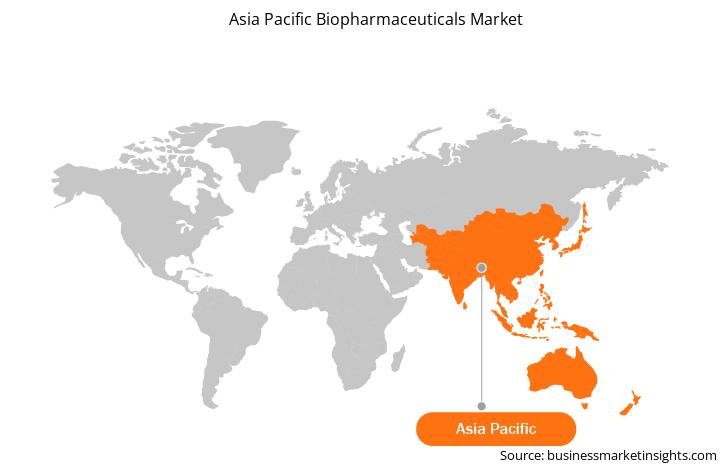Accelerated progress of clinical trials will ultimately result in the development and commercialization of new drugs targeting rare as well as commonly inherited diseases. Blastic plasmacytoid dendritic cell neoplasm (BPDCN) is an aggressive, acute leukemia that has been historically difficult to diagnose. In December 2018, Tagraxofusp became the first therapy approved for treating BPDCN, which then became the standard care method. During clinical trials, more than 90% of patients who never received any treatment responded to therapy. Amyotrophic lateral sclerosis (ALS) is a progressive neurodegenerative disease that weakens muscles, impacts physical function, and causes irreversible brain and spinal cord damage. To date, only 2 products are approved for slowing the functional decline associated with ALS. The accelerated clinical trials for developing new products targeting ALS are in progress. For example, antisense oligonucleotides (ASOs) have been showing promising results in clinical trials involving patients suffering from ALS. Further, different gene therapy approaches, targeting multiple mutations in patients for both sporadic ALS and familial ALS, are in clinical trials. Thus, clinical trials of an extensive pipeline of biopharmaceuticals are expected to offer lucrative growth opportunities to the Asia Pacific biopharmaceuticals market in the coming years.
The Asia Pacific biopharmaceuticals market is segmented into China, Japan, India, South Korea, Australia, and the Rest of Asia Pacific. China held the largest share of the market in 2021, and India is expected to exhibit a significant growth in the market. This is due to China's biopharmaceutical industry undergoing a tremendous shift evolving from a generics-focused to a thriving innovation hub. According to the Information Technology & Innovation Foundation (ITIF) report, China has made considerable progress in matching the US in innovation. A decade ago, China was 80% behind the US; however, today, it is just 50% owing to dramatic progress in innovation, technology influx, and favorable state-directed industrial and trade policies.

Strategic insights for the Asia Pacific Biopharmaceuticals provides data-driven analysis of the industry landscape, including current trends, key players, and regional nuances. These insights offer actionable recommendations, enabling readers to differentiate themselves from competitors by identifying untapped segments or developing unique value propositions. Leveraging data analytics, these insights help industry players anticipate the market shifts, whether investors, manufacturers, or other stakeholders. A future-oriented perspective is essential, helping stakeholders anticipate market shifts and position themselves for long-term success in this dynamic region. Ultimately, effective strategic insights empower readers to make informed decisions that drive profitability and achieve their business objectives within the market.

| Report Attribute | Details |
|---|---|
| Market size in 2022 | US$ 39.96 Billion |
| Market Size by 2028 | US$ 94.13 Billion |
| Global CAGR (2022 - 2028) | 15.3% |
| Historical Data | 2020-2021 |
| Forecast period | 2023-2028 |
| Segments Covered |
By Product Type
|
| Regions and Countries Covered | Asia-Pacific
|
| Market leaders and key company profiles |
The geographic scope of the Asia Pacific Biopharmaceuticals refers to the specific areas in which a business operates and competes. Understanding local distinctions, such as diverse consumer preferences (e.g., demand for specific plug types or battery backup durations), varying economic conditions, and regulatory environments, is crucial for tailoring strategies to specific markets. Businesses can expand their reach by identifying underserved areas or adapting their offerings to meet local demands. A clear market focus allows for more effective resource allocation, targeted marketing campaigns, and better positioning against local competitors, ultimately driving growth in those targeted areas.

The Asia Pacific biopharmaceutical market is segmented into product type, application, and country.
Based on product type, the Asia Pacific biopharmaceutical market is segmented into monoclonal antibodies, recombinant vaccines, conventional vaccines, recombinant growth factors, purified proteins, recombinant proteins, recombinant hormones, recombinant enzymes, cell & gene therapies, cytokines/interferon/interleukins, and others. In 2022, the monoclonal antibodies segment held the largest share of the Asia Pacific biopharmaceutical market.
The recombinant vaccines segment is further segmented into cancer vaccine, malaria vaccine, ebola vaccine, hepatitis-B vaccine, tetanus vaccine, diphtheria vaccine, cholera vaccine, and others. The conventional vaccines segment is subsegmented into polio vaccine, pox vaccine, and others. The recombinant growth factors segment is further segmented into erythropoietin and granulocyte colony stimulating factor. The purified proteins segment is further divided into leukemia inhibitory factor (LIF), P53 protein, P38 protein, and others. The recombinant proteins segment is further segmented into serum albumin, amyloid protein, defensin, and transferrin. The recombinant hormones segment is further segmented into recombinant human growth hormones, recombinant insulin, and other recombinant hormones. The recombinant enzymes segment is further categorized into enterokinase, cyclase, caspase, and cathepsin. The cell & gene therapies segment is further divided into allogenic products, autologous products, and acellular products.
Based on application, the Asia Pacific biopharmaceutical market is segmented into oncology, inflammatory & infectious disease, autoimmune disorders, metabolic disorders, hormonal disorders & growth failure, cardiovascular diseases, neurological diseases, and others. In 2022, the oncology segment held the largest share of the Asia Pacific biopharmaceutical market.
Based on country, the Asia Pacific biopharmaceutical market is segmented into China, Japan, India, Australia, South Korea, and the Rest of Asia Pacific. In 2022, China held the largest share of the Asia Pacific biopharmaceutical market.
AbbVie Inc, AGC Biologics AS, Amgen Inc, Boehringer Ingelheim International GmbH, Bristol-Myers Squibb Co, Eli Lilly and Co, Johnson & Johnson, Lonza Group AG, Thermo Fisher Scientific Inc, and WuXi Biologics Inc are among the leading companies operating in the Asia Pacific biopharmaceutical market.
The Asia Pacific Biopharmaceuticals Market is valued at US$ 39.96 Billion in 2022, it is projected to reach US$ 94.13 Billion by 2028.
As per our report Asia Pacific Biopharmaceuticals Market, the market size is valued at US$ 39.96 Billion in 2022, projecting it to reach US$ 94.13 Billion by 2028. This translates to a CAGR of approximately 15.3% during the forecast period.
The Asia Pacific Biopharmaceuticals Market report typically cover these key segments-
The historic period, base year, and forecast period can vary slightly depending on the specific market research report. However, for the Asia Pacific Biopharmaceuticals Market report:
The Asia Pacific Biopharmaceuticals Market is populated by several key players, each contributing to its growth and innovation. Some of the major players include:
The Asia Pacific Biopharmaceuticals Market report is valuable for diverse stakeholders, including:
Essentially, anyone involved in or considering involvement in the Asia Pacific Biopharmaceuticals Market value chain can benefit from the information contained in a comprehensive market report.